Everything About Iranian Folk Music (Instruments, Songs)
Due to the fact that music has always had a profound effect on the human spirit, it has had a special place in different societies. While every form of art influences human thoughts and emotions in its own way, music deserves the highest rank among the seven arts because of its immediate and profound impact. Throughout history, great composers, inspired by the melodies found in nature, have managed to create songs that have not been forgotten for centuries and continue influencing listeners. In addition to being influential, music is powerful enough to convey meaning to the extent that governments and the elderly, in various historical periods, have made attempts to silence it but have never succeeded. In this article, we are going to get to know the basics of Iran folk music and examine the most popular Iranian folk music instruments.
What Is Traditional Iranian Music Called?
Persian traditional music is usually referred to as “Iranian music” or “Iranian classical music.” This musical tradition, which has its roots in ancient Iranian civilization, includes a rich tapestry of melodies, rhythms, and poetic poems. It is characterized by the use of modal scales known as “Dastgah” and “Maqam,” which contribute to its distinctive tonality. The genre has evolved over the centuries, drawing inspiration from various historical influences and neighboring cultures. Iranian music acts as a cultural treasure that reflects the deep heritage and artistic expression of the Iranian people.
The Most Popular and Famous Traditional Iranian Instruments
Iran has so many famous and popular traditional instruments. Here we introduce you to the top 10 popular instruments of Iran.
1. Tar
The Tar is among the most renowned plucked string instruments in Iran, played with a plectrum. Besides being popular in Iran, the Tar is utilized in other Middle Eastern regions such as Tajikistan, Azerbaijan, Armenia, Georgia, and various areas near the Caucasus for performing traditional music. In the past, the Iranian Tar had five strings, and Gholamhossein Darvish or Darvish Khan added a sixth string, which is still in use today.
2. Setar
Setar is one of the traditional Iranian plucked string instruments that belong to the Tanbur family. Played with the index finger of the right hand, it has four strings. In the past, it had three strings, and the addition of the fourth string transformed it into the Setar we know today.
Known for its intimate sound, the Setar spans approximately three octaves in tonal range.
3. Dotar
Another beloved Iranian instrument is the Dotar, bearing striking similarities to the Setar. With a history dating back thousands of years, the Dotar is crafted with various patterns in different regions. It finds more popularity in places like Khorasan, Mazandaran, and Nishapur.
4. Tanbur
Tanbur, which is considered one of the oldest traditional instruments in Iran, has a significant place in mystical and classical music. The Tanbur has three strings and is played without the need for an artificial plectrum, using four fingers of the right hand with techniques like right, left, and shur strokes.
5. Oud
The Oud, or Barbat, is an Iranian and Middle Eastern plucked string instrument widely popular in North African and Arab countries. With a history spanning thousands of years, the Oud is played with a plastic plectrum and comes in various models chosen based on the musician’s taste and style.
6. Kamancheh
The Kamancheh is one of the most famous Iranian instruments, played with a bow, similar to a violin. It has a rich history and is commonly used in various Iranian musical regions. The larger version, known as Qichak-e Bam, even employs a violin bow.
7. Santur
The Santur is a widely used instrument in Iranian music. This hammered dulcimer has a trapezoidal shape and numerous strings, played with two wooden mallets.
The most common type, known as the 9/72 Santur, has 72 strings divided into four groups of four, helping to its distinctive sound.
8. Ney
The Ney, or Nay, is a seven-holed flute and one of Iran’s wind instruments. Categorized as a non-lipped flute, it does not require a reed. Ney players use various types of Ney with their preferred reeds in ensemble and solo performances.
9. Tonbak
The Tonbak is an Iranian goblet-shaped drum and is considered one of the main percussion instruments in traditional Iranian music. It plays a crucial role in accompanying other instruments and solo performances.
10. Daf
The Daf is a frame drum and one of the rhythmic cornerstones in Iranian music. With a wooden frame and skin, it is played with hands and fingers. The Daf is often used in Sufi music and traditional ensembles.
Various Performance Forms of Iranian Music
One of the wonders of Iranian music lies in its incredible diversity of performance styles, varying across regions and occasions. Musical expressions in different areas and traditional settings have always taken on distinct forms, each tailored to the specific context or type of event. For example, in the southern regions of Iran, a ceremony called “Zaar” is held, where music becomes an inseparable and irreplaceable element.
During Zaar ceremonies, a group of musicians guides an individual, often referred to as “Mama Zaar” or “Baba Zaar,” with utmost respect. As the musicians perform, the audience engages rhythmically, expressing their support through hand claps or body movements. According to the beliefs of the region, this participation is a form of assistance in the healing process for the individual for whom the Zaar ceremony is organized.
Similarly, in many northern and northwestern areas of the country, traditional music plays an important role in the joyous celebrations of the local people. The tunes and melodies of traditional music enhance the festive atmosphere, adding a colorful dimension to the cultural richness of these regions. This dynamic variation in musical expressions across Iran reflects the profound connection between music and local traditions.
The Most Famous Music of the Regions of Iran
Iran, as a vast country in the Middle East, has many famous regional music. Here is a brief description of each regional music of Iran:
Baluchi Music
Baluchi music, originating from the Balochistan region, features unique melodies and rhythms. It reflects the cultural richness of the Baloch people and often expresses themes of love, migration, and daily life.
Azerbaijani Turkish Music
Azerbaijani Turkish music, which is popular in the Azerbaijan region, is characterized by lively rhythms and vibrant melodies. It has a distinct identity within the broader context of Iranian music, influenced by the rich cultural tapestry of the region.
Bakhtiari Music
Bakhtiari music, which originates from the Bakhtiari region, is the embodiment of the tradition and heritage of the Bakhtiari people. The music is deeply rooted in the nomadic lifestyle, featuring both instrumental and vocal expressions.
Southern Iranian Music
Southern Iranian music, influenced by the Persian Gulf and its coastal communities, is characterized by rhythmic beats and lively tunes. It often incorporates traditional instruments such as the Oud and reflects the vibrant culture of the southern regions.
Gilaki Music
Gilaki music hails from the Gilan region and showcases the unique musical traditions of the Gilaki people. With its distinct melodies and poetic lyrics, Gilaki music is an essential part of the cultural identity of the region.
Khorasani Music
Khorasani music, originating from the Khorasan region, has a diverse range of melodies. It reflects the history and cultural diversity of the area, often featuring traditional instruments like the Dotar and Ney.
Qazvini Music
Qazvini music represents the musical heritage of the Qazvin region. Known for its melodic intricacies, Qazvini music often incorporates local instruments and reflects the historical influences on the area.
Kurdish Music
Kurdish music is deeply rooted in the Kurdish cultural identity, featuring a range of emotions and themes. The music often tells stories of struggle, love, and the Kurdish way of life, with traditional instruments such as the Tanbur and Kamancheh.
Mazandarani Music
Originating from the Mazandaran region, Mazandarani music is characterized by lively and joyful melodies. It often features traditional instruments such as the Daf and Kamancheh, reflecting the spirited nature of the Mazandarani people.
Lorestan Music
Loristan music reflects the cultural heritage of the Lur people, with distinctive melodies and rhythms. Often performed during celebrations and gatherings, Lorestan music adds a unique flavor to the musical landscape of Iran.
Namdari Music
Namdari music, prevalent in coastal regions such as Bandar Abbas, reflects the lifestyle of the Persian Gulf communities. With its unique rhythms and instruments, Namdari music adds a distinct maritime flavor to Iranian music.
Hamadani Music
Hailing from the Hamadan region, Hamadani music features traditional instruments and melodies that showcase the cultural heritage of the area. It adds a unique musical voice to the diverse tapestry of Iranian music.
Dezful Music
Dezful music, rooted in the city of Dezful, reflects the cultural traditions of the region. Often incorporating local instruments, Dezful music contributes to the vibrant musical mosaic of Iran.
The Most Famous Musicians of Ancient Iran
In ancient Iran, several famous musicians left a lasting impact on the country’s musical landscape. One such prominent figure is Barbod, a prized musician during the Sassanian Empire (224–651 AD). Barbod was not only a skilled instrument player but also a prominent music theorist. His contributions to the development of musical notation and the creation of various musical instruments earned him a prominent place in Iranian music history.
Another famous figure of ancient Iran is Nakisa, a legendary musician believed to have lived during the Achaemenid Empire (550-330 BC). Nakisa was not only a skilled harpist but also a revered vocalist. Her musical talents are said to have won the hearts of kings and contributed to her reputation as one of the most influential musicians of his time. These ancient musicians, such as Barbod and Nakisa, laid the groundwork for rich musical traditions that have continued to flourish throughout Iranian history.
Listen to some of the Iranian folk music on our YouTube channel!
Another respected musician of ancient Iran is Farabi, who is also known as Al-Farabi in the Islamic world. Farabi, who lived during the Golden Age of Islam (872-950 AD), was a multi-talented individual who contributed significantly to various fields, including philosophy, music theory, and science. His work in music theory, especially “Kitab al-Musiqi al-Kabir” (The Great Book of Music), became a cornerstone of understanding the principles of music.
Iranian Folk Music Songs List
Iranian folk music has a diverse array of songs, each carrying its own unique charm and cultural significance. While there are countless Iranian folk music songs, here is a list of some famous Persian folk songs:
- “Morgh-e Sahar” (The Morning Bird): A classic Persian folk song expressing themes of love and passion, often performed by various artists.
- Bālūchī Folk Song: The Balochi people, with their distinct cultural heritage, contribute to Iranian folk music with unique songs that capture the spirit of the Balochistan region.
- “Ey Iran” (Oh Iran): An iconic patriotic folk song that celebrates the beauty and history of Iran, often considered an unofficial national anthem.
- “Hamdel” (Companion): A traditional folk song expressing the theme of companionship and camaraderie, often performed with heartfelt emotion.
- “Chaharmezrab”: A lively instrumental piece commonly played on traditional Iranian string instruments, showcasing the country’s musical prowess.
- “Jodai” (Farewell): A poignant folk song expressing themes of farewell and departure, showing the bittersweet essence of parting.
- “Dastgah-e Shur”: A traditional musical composition in the Shur mode, showcasing the intricate melodic structures and improvisational elements of Iranian folk music.
- “Mastom, Mastom” (I Am Drunk, I Am Drunk): A spirited folk song often performed during celebrations and festive occasions, celebrating the joy of life.
- “Gol-e Sangam” (My Stone Flower): A love ballad with poetic lyrics comparing the beloved to a precious stone flower.
- “Zarbi-e Bandari”: A rhythmic and lively folk song from the southern coastal regions of Iran, accompanied by traditional Bandari dance movements.
Final Word
In the end, Persian folk music is a testimony of Iran’s rich cultural heritage, whose roots are deep in history. From the soulful melodies of ancient musicians such as Barbod and Nakisa to the scientific contributions of Farabi in the Golden Age of Islam, the tapestry of Iranian music has flourished. The diverse array of traditional instruments, countless regional performance forms, and outstanding musicians from ancient times have collectively formed a musical tradition that is both living and enduring.
Today, Iranian folk music continues to fascinate the audience with its deep melodies that show the cultural diversity and historical depth of this ancient land. Not only as an art form but also as a living expression of Iran’s rich heritage, it connects generations and preserves the unique musical heritage of this outstanding country.
Are you planning to travel to Iran and looking for an Iran travel agency? Check out our Iran tours. Find out where to hear traditional Iranian music.

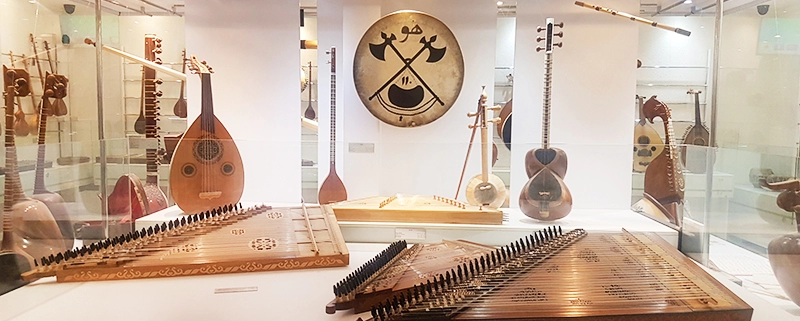
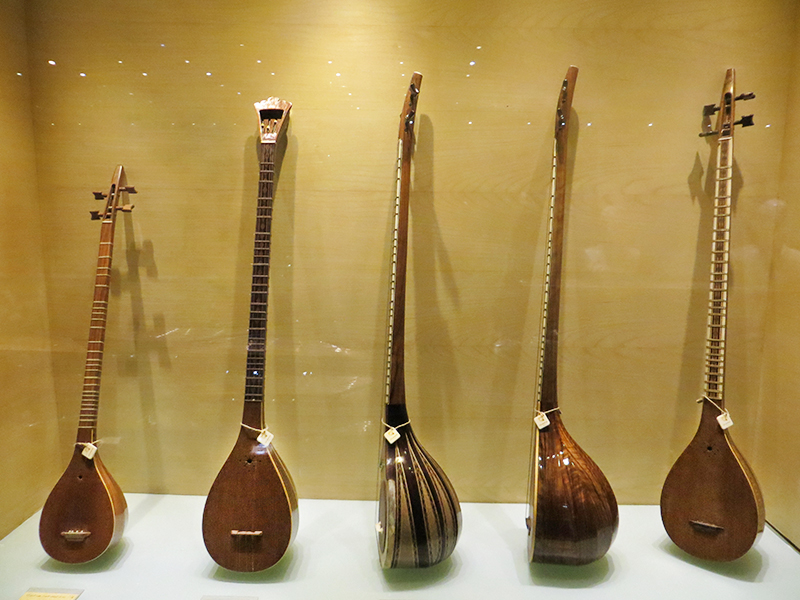
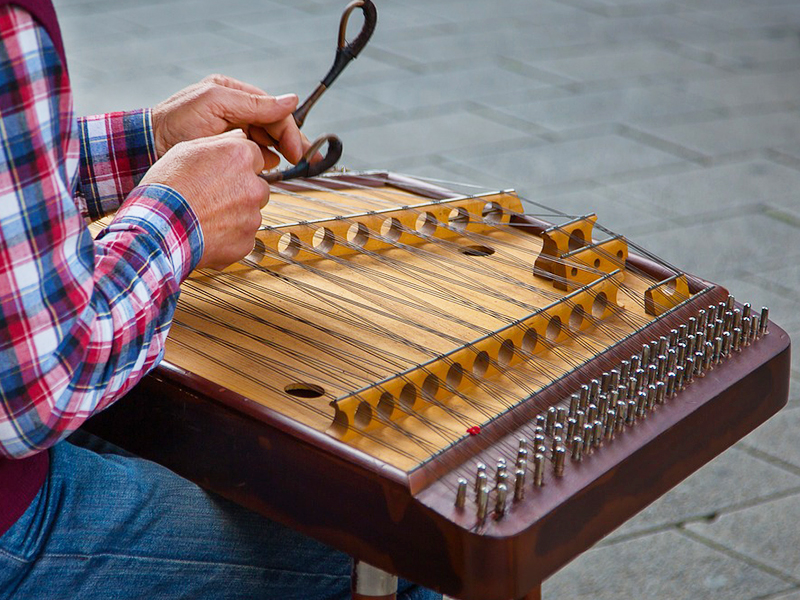

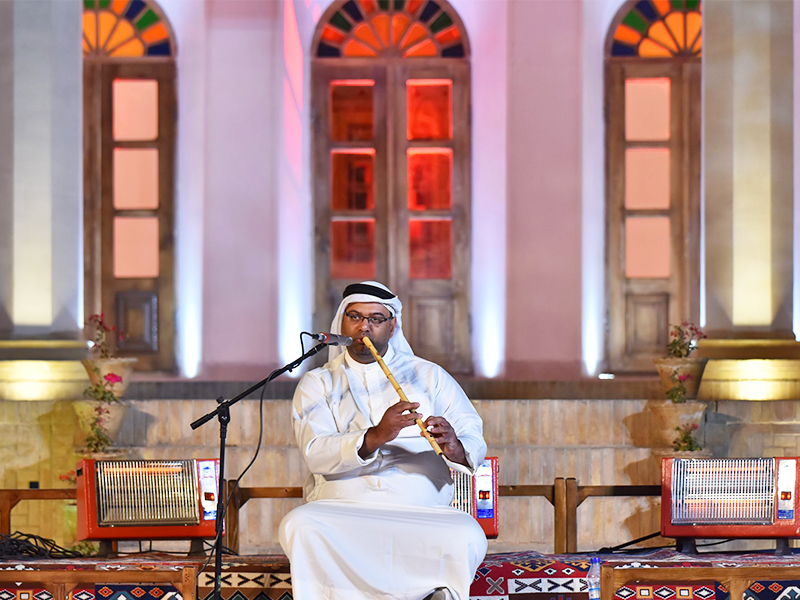
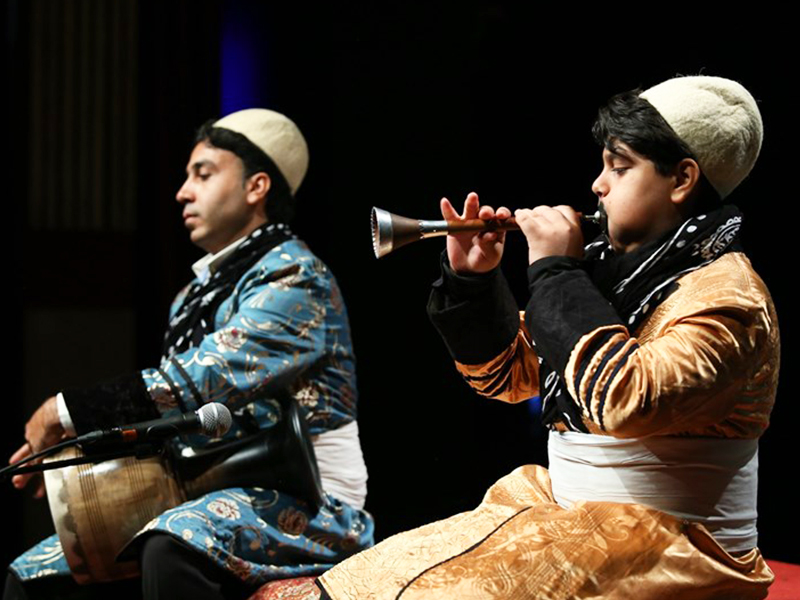




Leave a Reply
Want to join the discussion?Feel free to contribute!